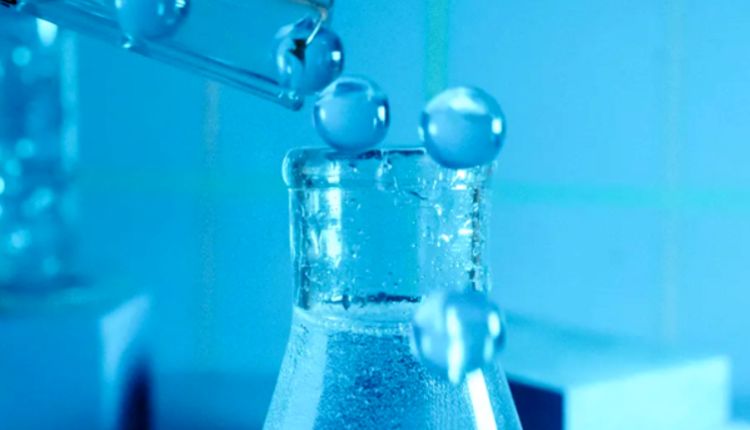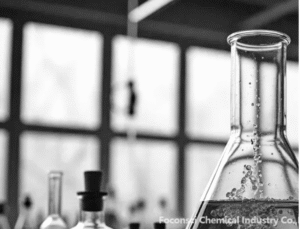
catalyst
Even the name “additive catalysts” gives away more than you might think. They’re not just regular catalysts with a extra label—they hold all the key functions that make a catalyst work, but also carry the unique traits that define an additive. If you had to put it in simple terms, they’re like a portable, tailor-made ladder for chemical reactions: instead of forcing reactions to climb over a high “energy wall” (that’s what chemists call activation energy), they lower that wall so much that reactions speed up—no more needing super high temperatures or intense pressure to get things going. And here’s the really useful part: once the reaction’s done, the catalyst barely changes. You don’t lose much of it, so you can clean it up and use it again and again—no leftover waste cluttering things up.
But it’s worth pointing out that the [catalysts we’re talking about] are actually quite different from the “additives” people usually mention. Take common ones for example: food preservatives are mainly there to make products last longer—like keeping bread from getting moldy too fast. Thickeners in paint, on the other hand, just tweak how the paint feels and flows; they make it smoother when you brush it on, or keep it from separating so the finish looks even. Catalysts, though, work totally differently. They jump right into the core of chemical reactions, basically giving the conversion process a big boost from the start. Compared to those regular additives, their role in the whole reaction is way more critical.
What are the common types of additive catalysts?

In practical applications, the classification of additive catalysts is very detailed, but if classified by chemical nature, the most common ones are as follows:
First up are metal catalysts. Palladium, platinum, nickel—you know, the ones you’ll spot right away on a periodic table—are basically the backbone of this metal family. Here’s why they matter: if you’re doing organic synthesis, or working on hydrogenation reactions, you can’t do without them. It’s not like “oh, maybe it’ll still work”; no—without these metals, a lot of reactions either won’t kick off at all, or they’ll proceed so sluggishly that it feels like watching paint dry.
Next are acid-base catalysts. Their working principle is straightforward: they rely on the activity of protons or hydroxide ions, providing a “push” to a reaction, helping it proceed smoothly.
In recent years, new nanocatalysts have become a hot topic in scientific research. Through targeted engineering of nanoscale microstructures, scientists have boosted not just the activity of catalysts, but also their long-term stability—a key improvement for industrial use. The impact is clear in new energy materials: take core components like lithium-ion battery electrodes or photovoltaic cell films, for example—here, nanocatalysts are making a tangible difference. They’re lifting material performance (like extending battery charge cycles or boosting solar energy conversion rates) while cutting production energy use by a notable margin. That dual benefit lines up perfectly with today’s push for greener manufacturing—a priority for both industries and policymakers right now.
Regardless of the type of additive catalyst, they all share a common characteristic: as an “additive,” the amount used in the reaction is usually very small, but the chemical effects and economic benefits they bring are particularly significant. A small amount can significantly improve reaction efficiency and reduce costs in the production process, making it a model of “winning more with less.”
Conclusion
Think of a chemical reaction like a stage show. The reactants are the actors up there—they’re the ones doing the main part of the “performance.” The product, though, is the great effect the audience actually sees; it’s what the reaction finally produces. Now, additive catalysts are a bit like the directors backstage. They don’t step onto the stage themselves, but they tweak the reaction’s rhythm and direction just right—making the whole “show” work better and smoother.






